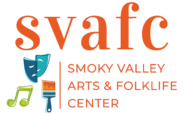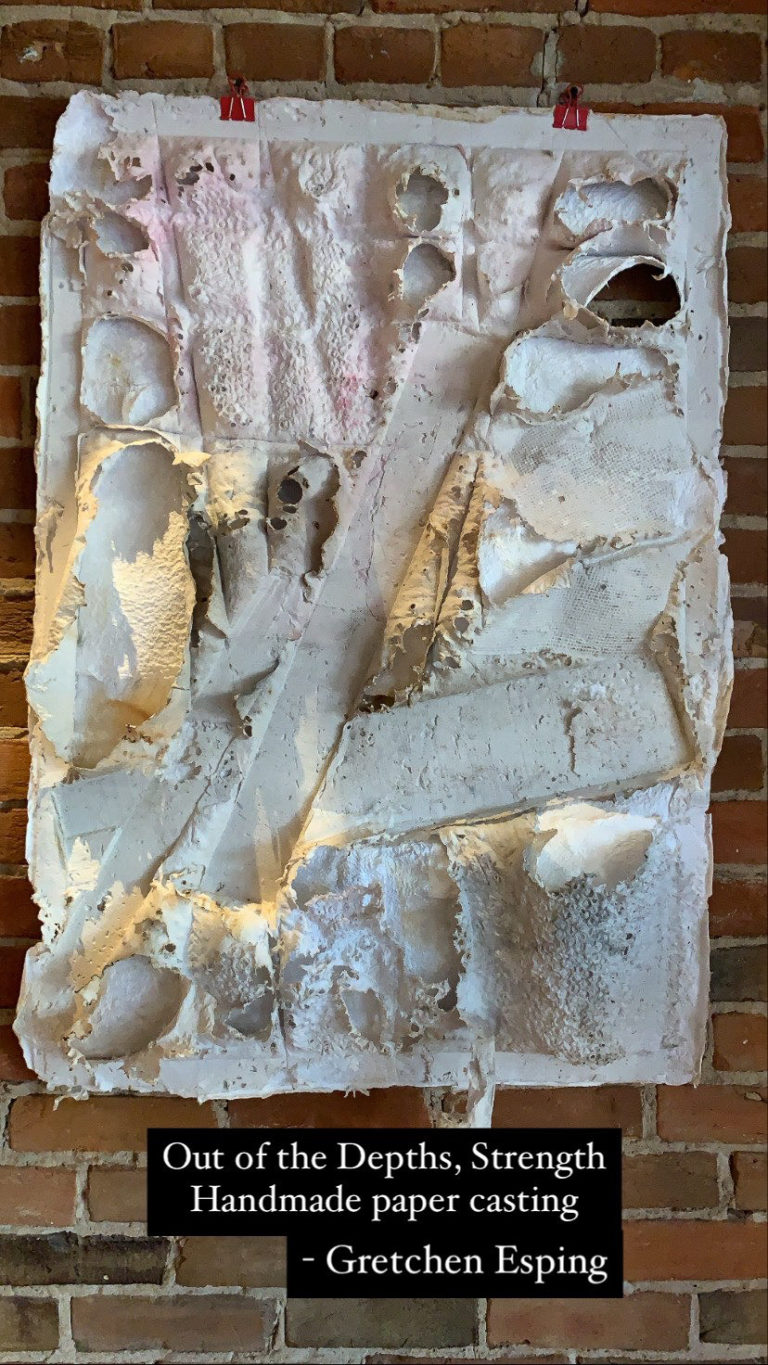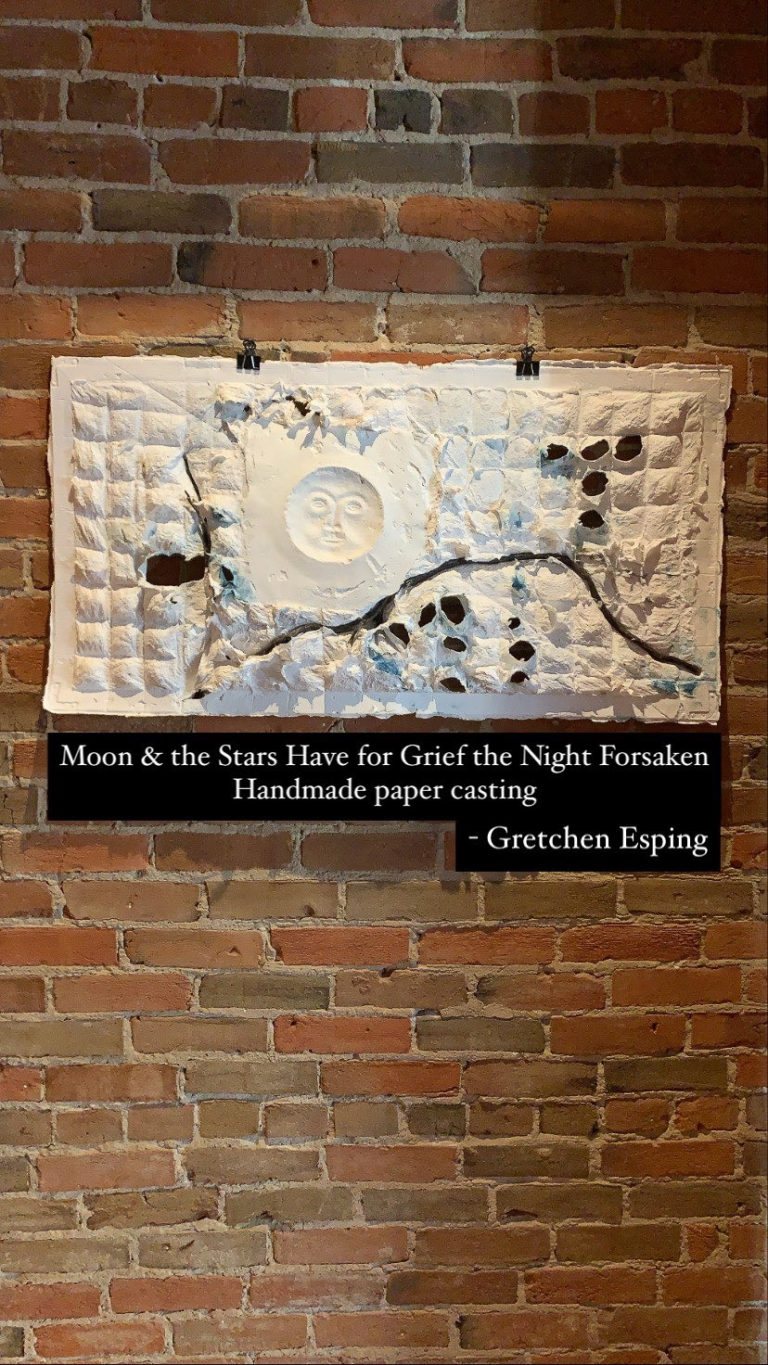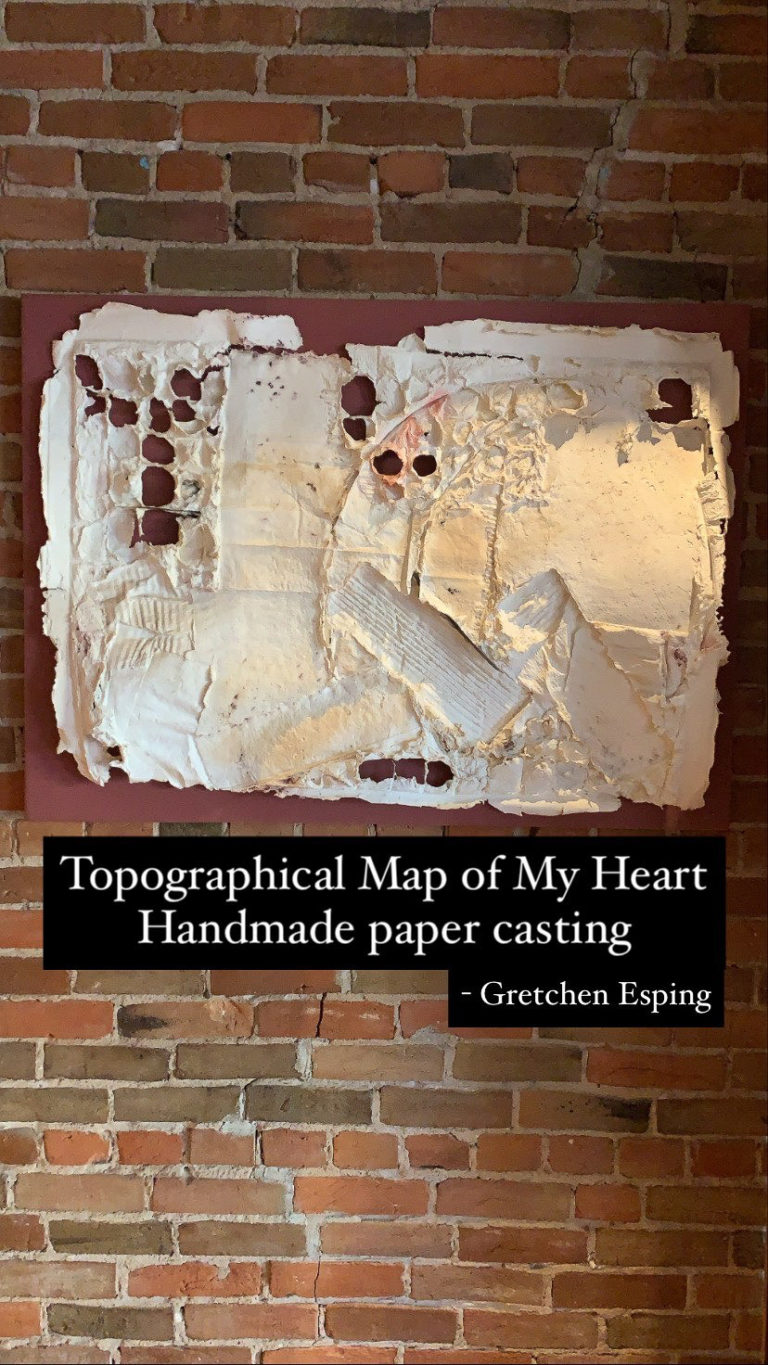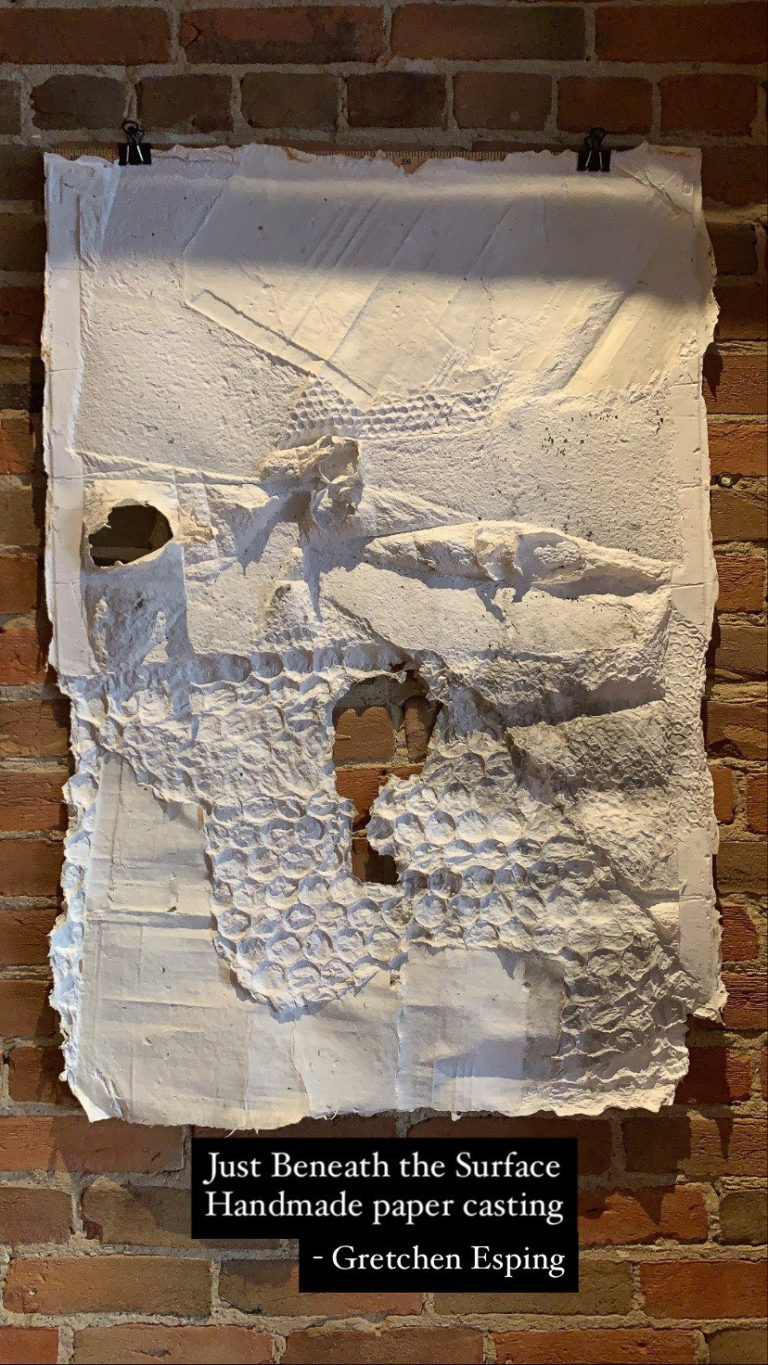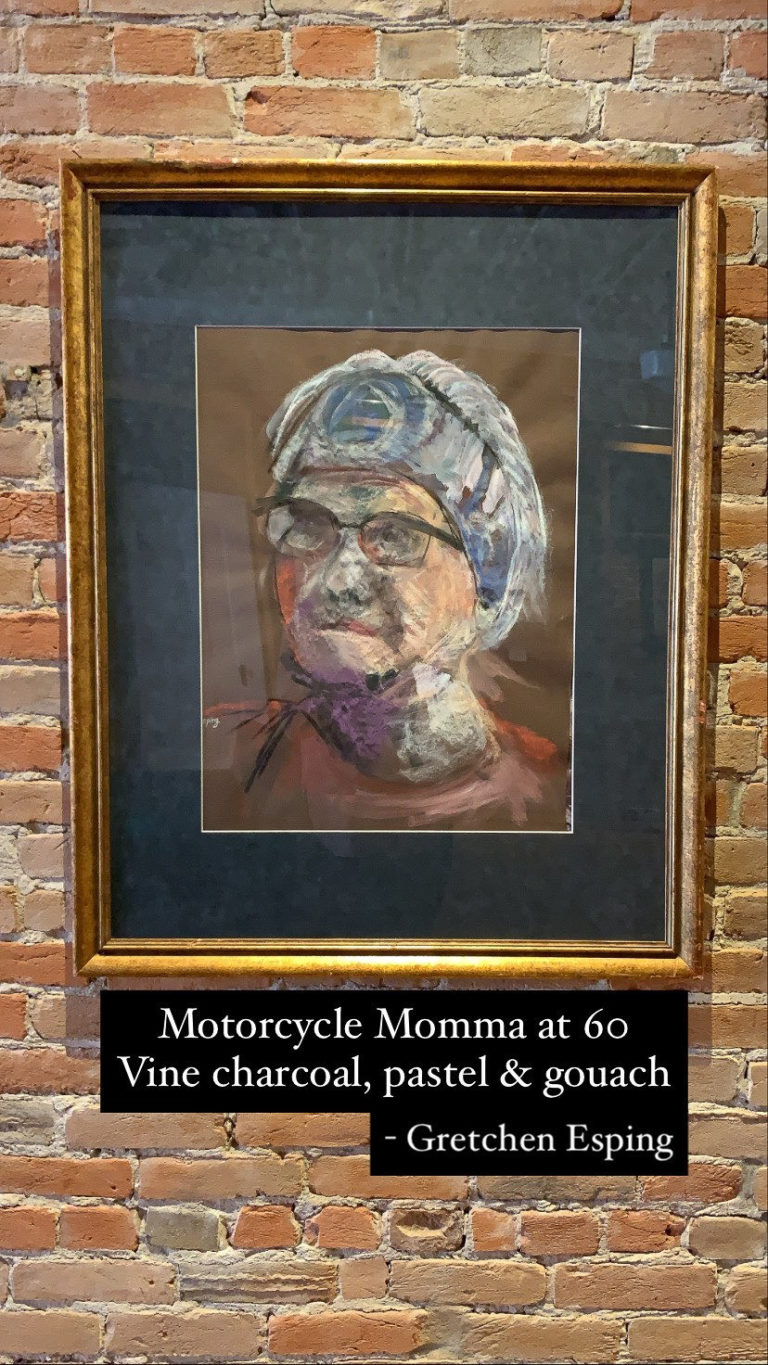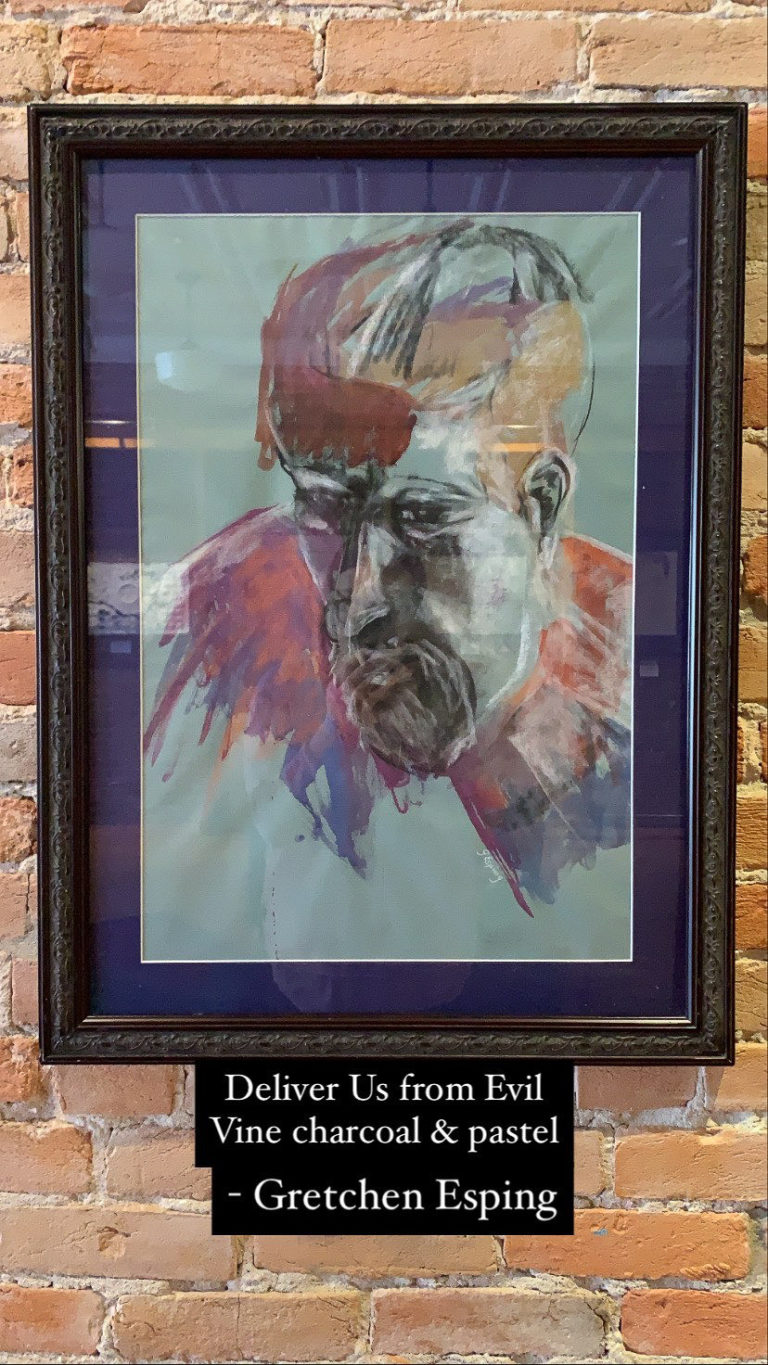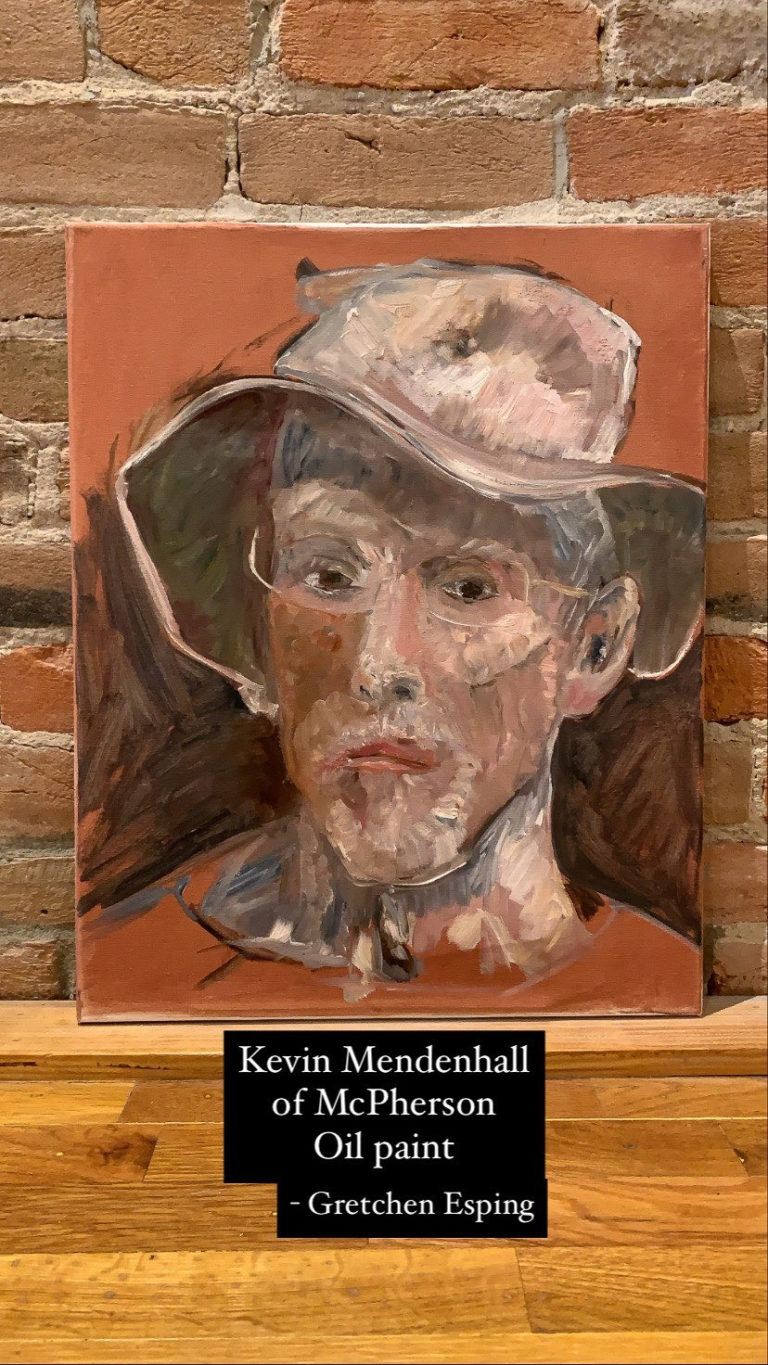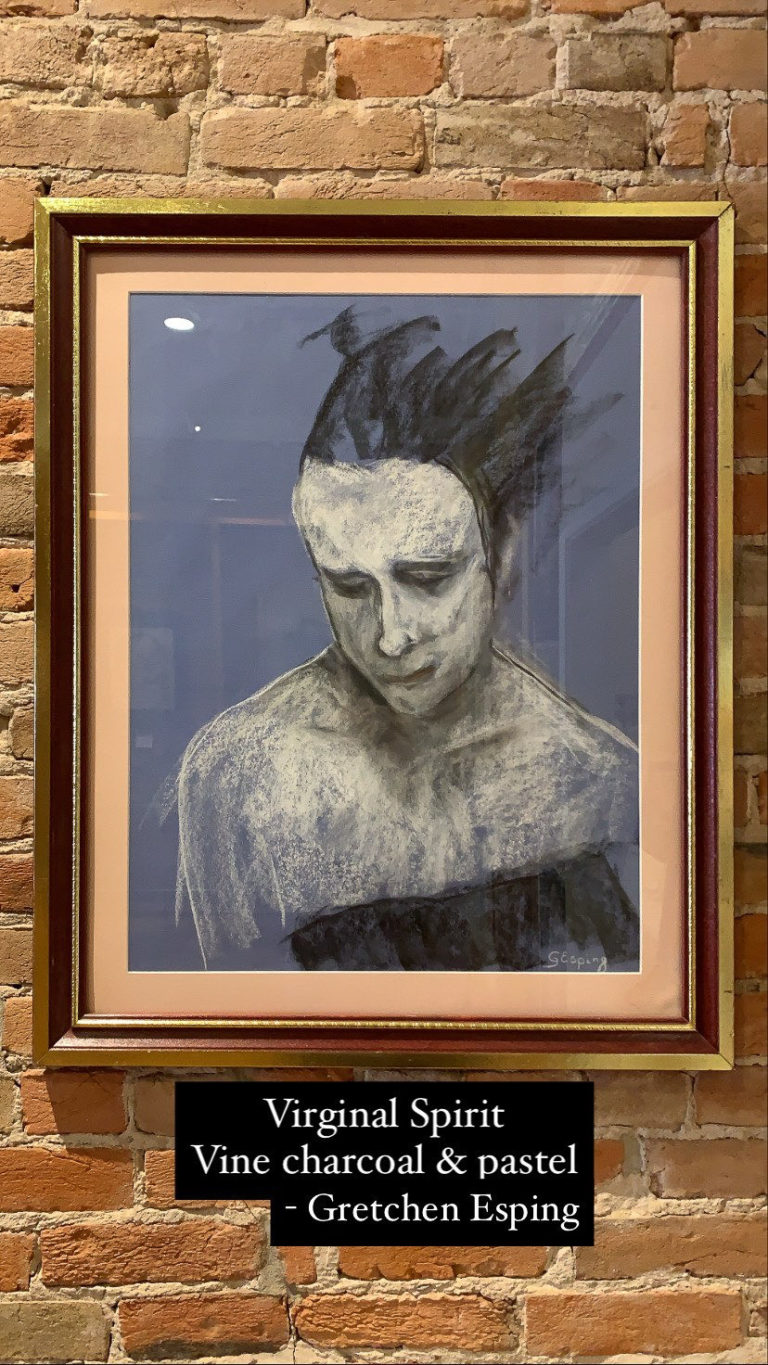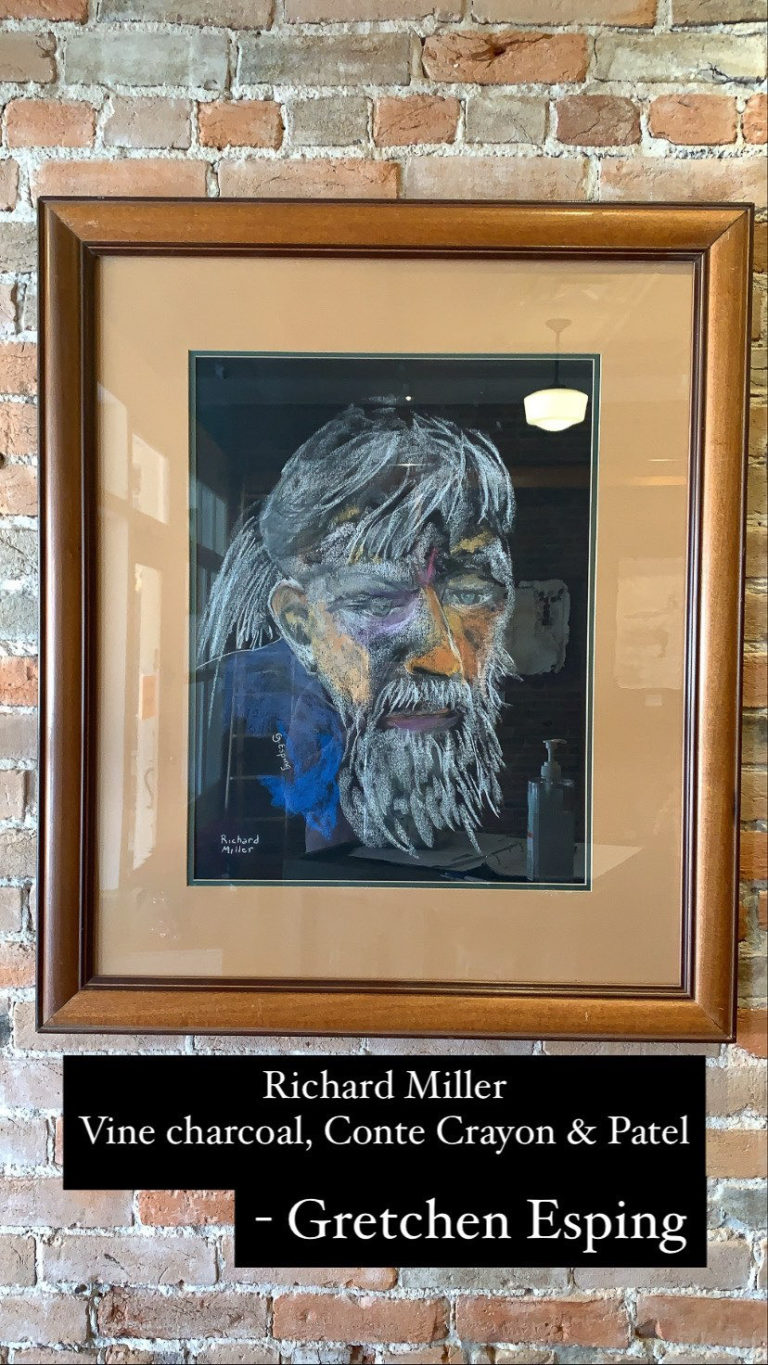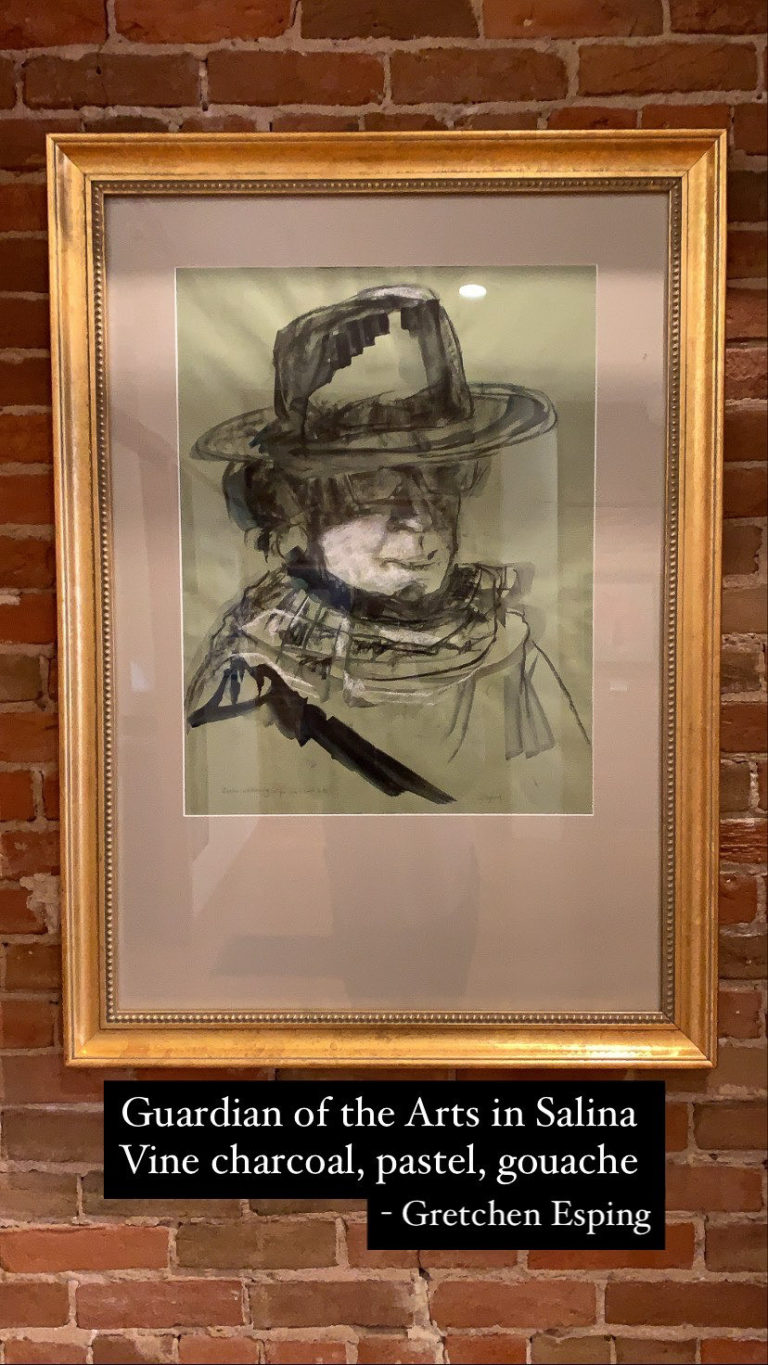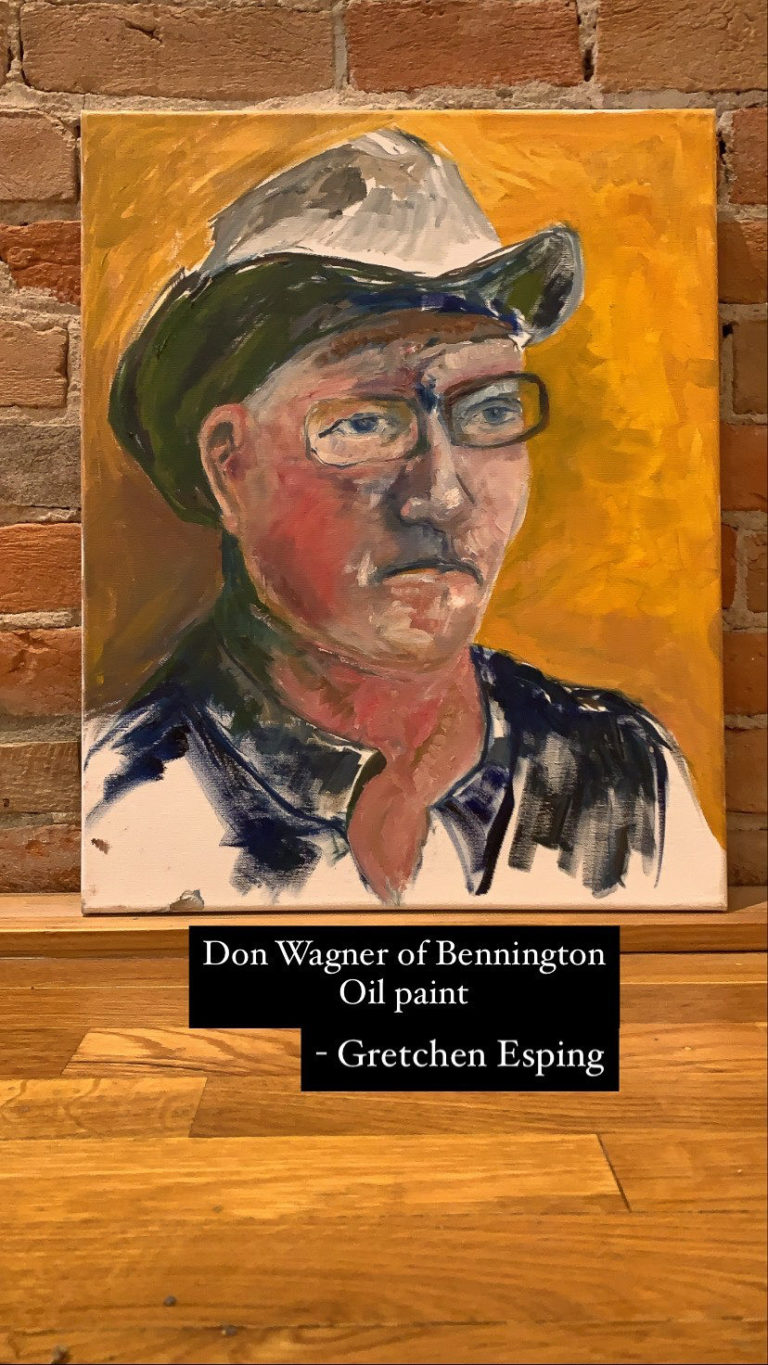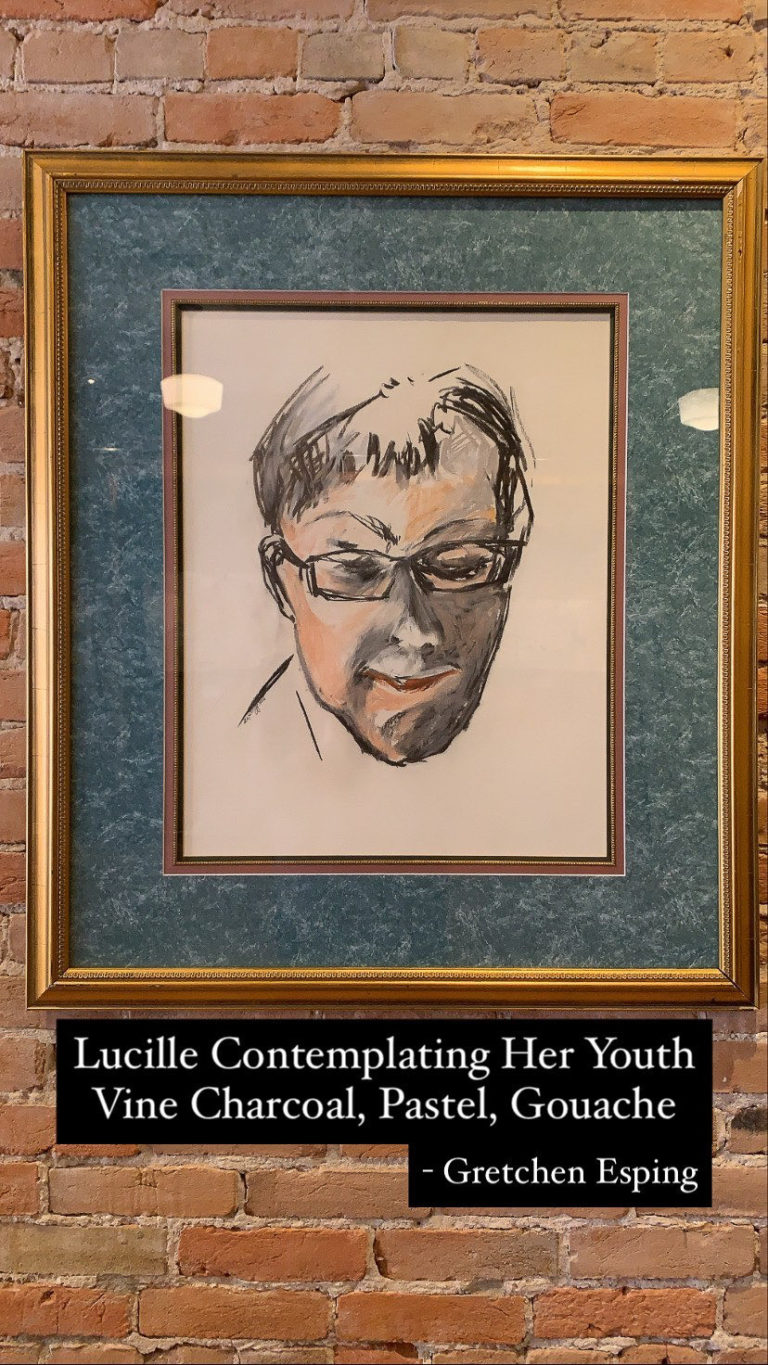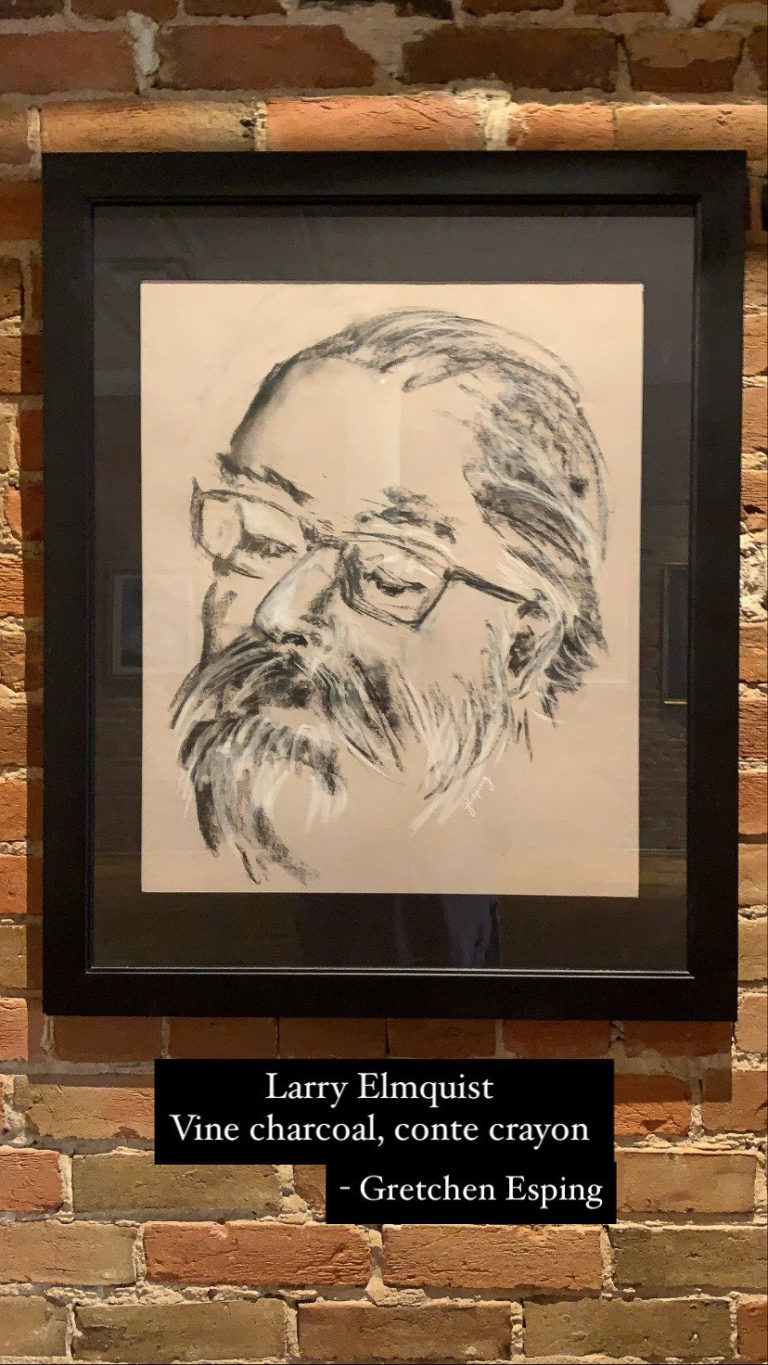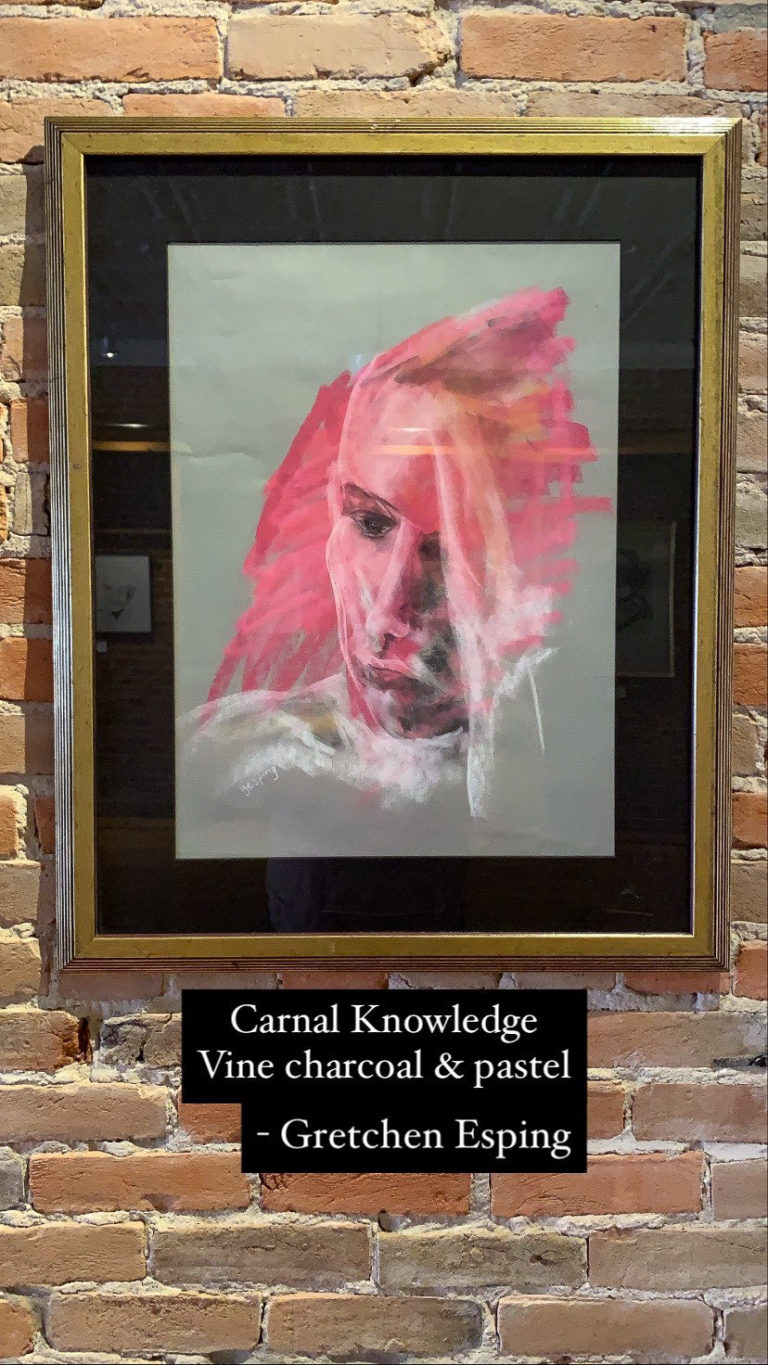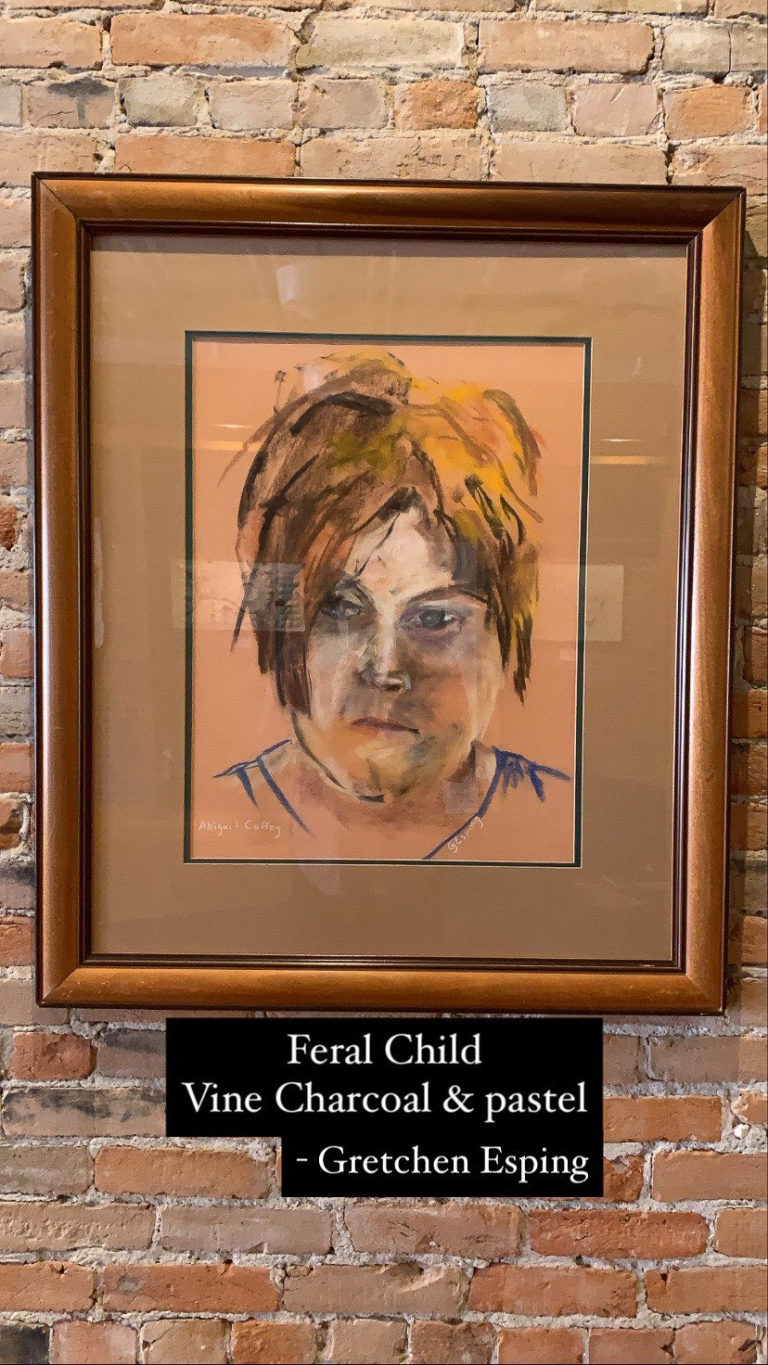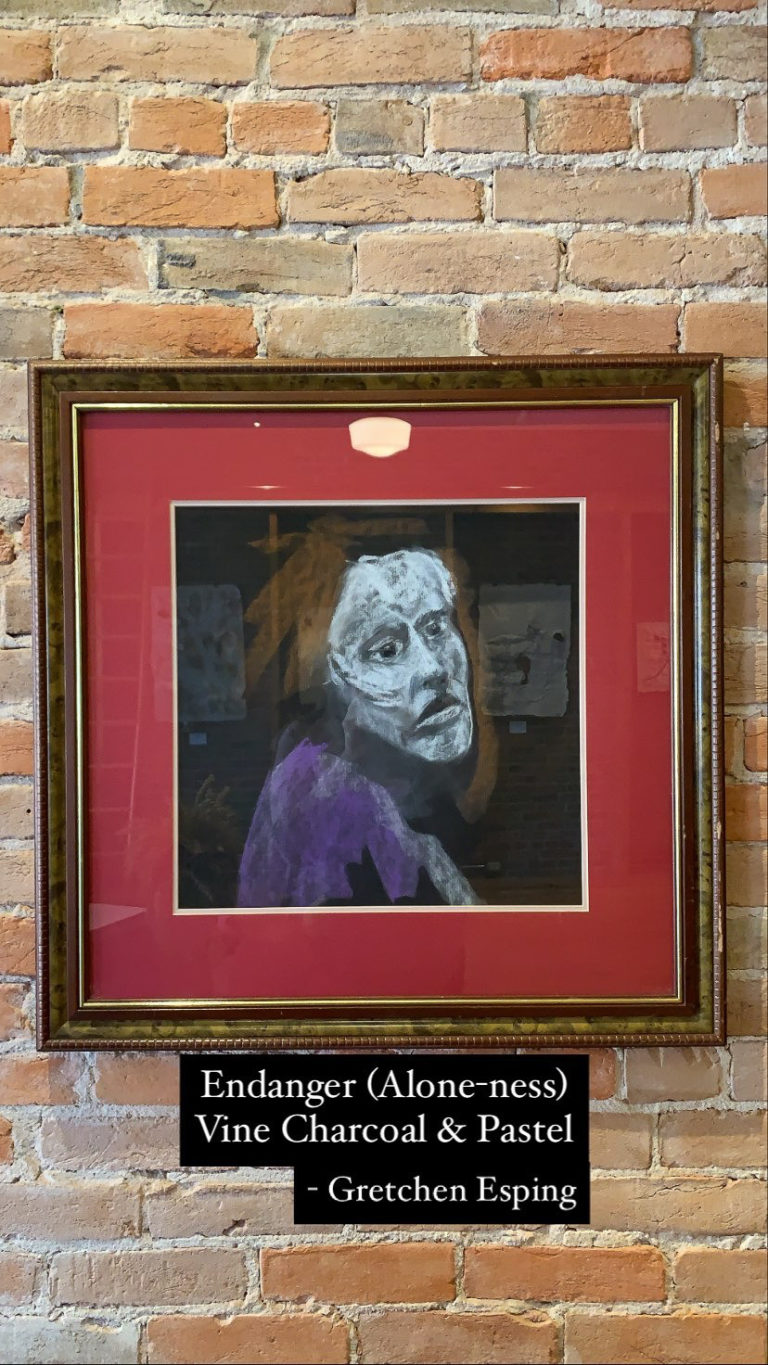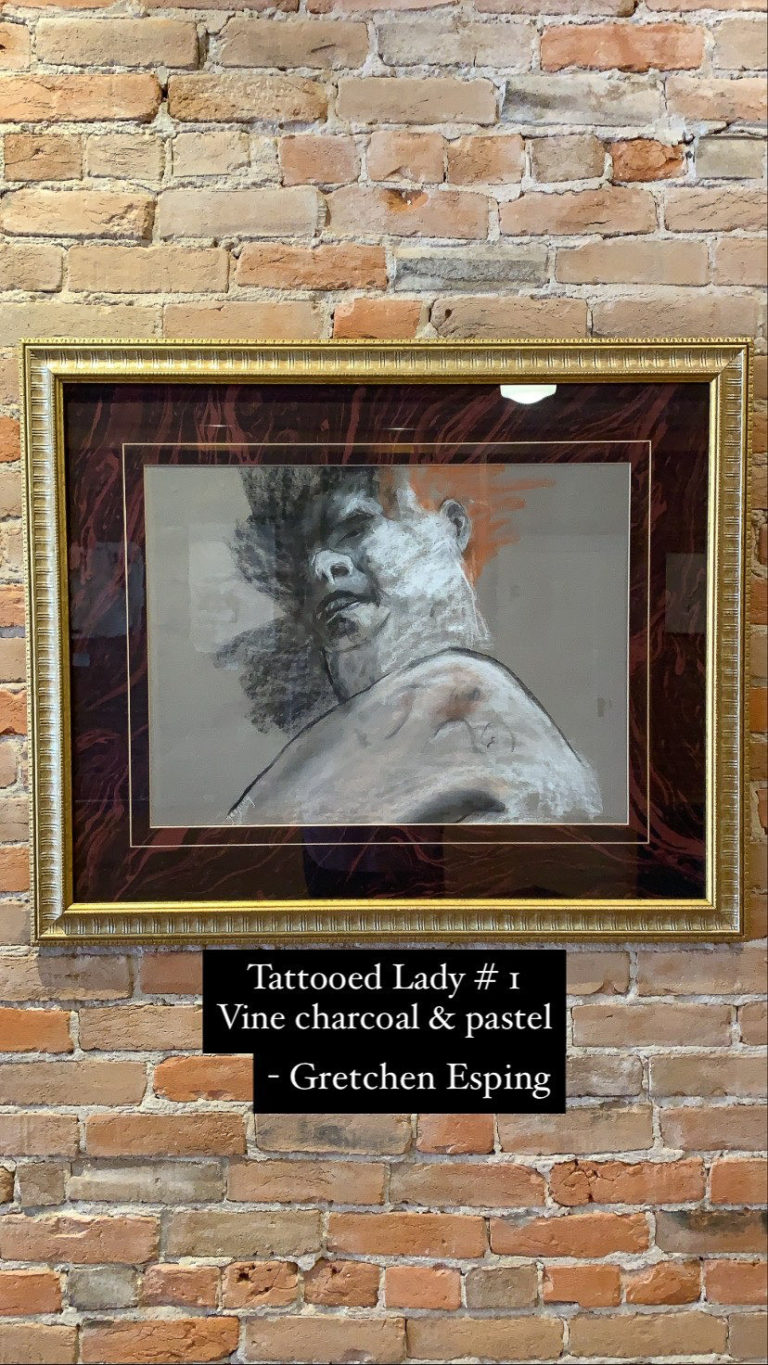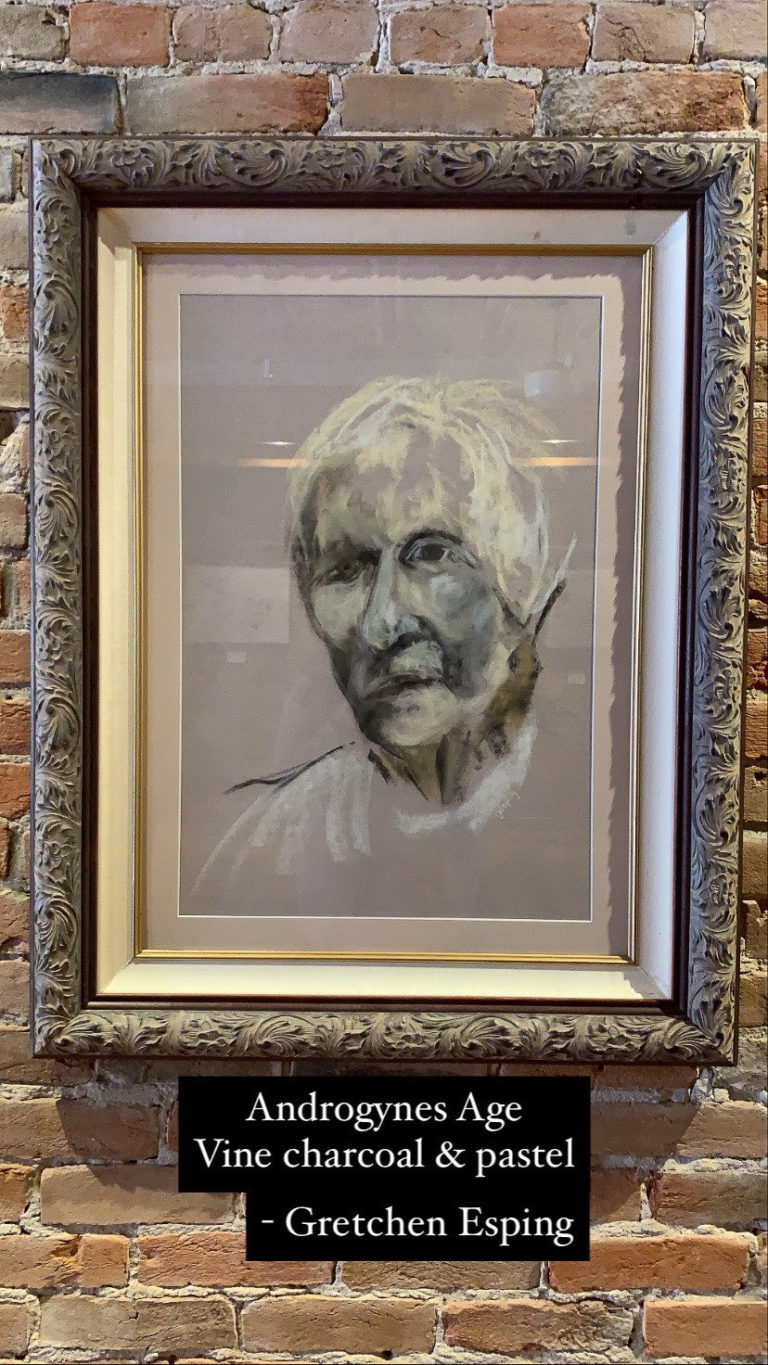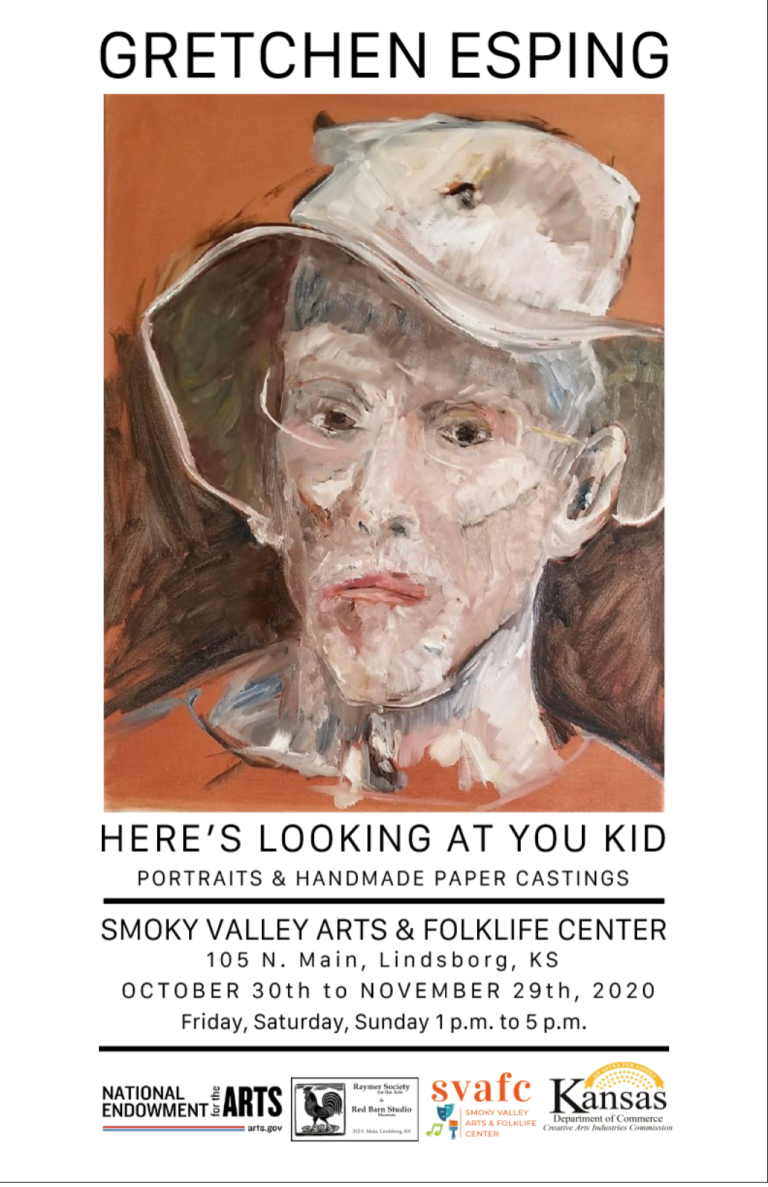
Artist Statement
Gretchen Esping
WHAT IS A PORTRAIT?
A portrait painting or drawing depicts the image of a particular person or animal, or group. Portraits are effective and compelling when they tell us something about the person. A good portrait is not just a visual representation of a person; it will also reveal something about the essence of the person. Portrait paintings go beyond simple documentation, it is the artist’s interpretation of the subject. Portraits can be realistic, abstract, or representational.
Thanks to photography, we can easily capture records of what people look like throughout their life. This was not possible prior to the invention of the medium in the mid-1800s, so people relied on painters to create their portrait. A painted portrait today is often seen as a luxury, even more than it was in previous centuries. They tend to be painted for special occasions, important people, or simply as artwork. Due to the cost involved, many people choose to go with photography instead of hiring a painter. A “posthumous portrait” is one that is rendered after the death of the subject. It can be achieved by either copying another portrait or following instructions of the person who commissions the work.
WHAT IS A DRAWING?
I think of a drawing as a final product in and of itself. These I would label Drawing with a capital D. This kind of drawing is able to stand alone as an observation, one that demands the rigors of many years of training to tap into the subconscious and have the subconscious take over the drawing skills to produce a work that bears the soul of the person before you. —Gretchen Revay Esping, June 9, 2017
“Students and laymen, of course, are apt to confuse the technique with the art. …technique is but a means to an end, and should never be confused with the end itself.” (Robert Beverly Hale, Drawing Lessons from the Great Masters, 1964, 2009; p. 13).
Dimitri Merejkowski in his novel entitled The Romance of Leonardo da Vinci, translated by Bernard, Guilbert Guerney in 1928, has da Vinci saying: “the highest aim of the artist consists of expressing in the face and in the movements of the body the passion of the soul. Remember, in the faces of those thou portrayest there must be such power of emotion that it must seem to the spectator that the picture can compel the dead to laugh and weep” (p. 169).
For me, Trevor J. Fairbrother put it most succinctly when he was writing about John Singer Sargent, (my “aesthetic grandparent”), when he said, “…summarizing vision involving rapid execution and an instantaneous impression [is] the bold visual evidence of the artist’s hand [and] precludes the notion of photographic detail.” (Sargent Portrait Drawings: 42 Works by John Singer Sargent; 1983, introduction).
“I began drawing here in Lindsborg, Kansas, at the age of 12 with Richard Luster as my instructor. He gave me the wherewithal to develop an exceptionally solid foundation, beginning with contour drawing, for excessive hours, for excessive years. After 5 years, I was cut loose to see what I could do on my own. My life took many detours, but I never lost the desire to draw and to capture on paper the souls of people”.
Sincere gratitude to Richard Luster, Debbie Wagner and the Kansas Figure Drawing Group, Wayne Conyers, Mike Hartung, and the Smoky Valley Arts and Folklife Center.
